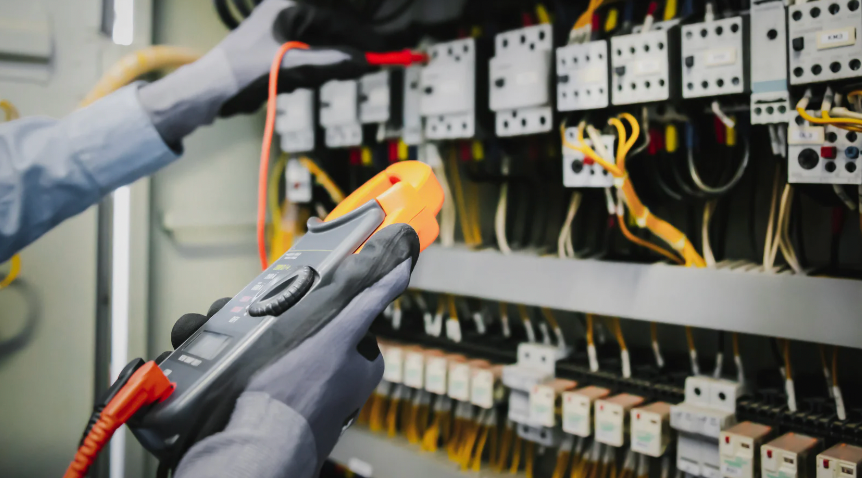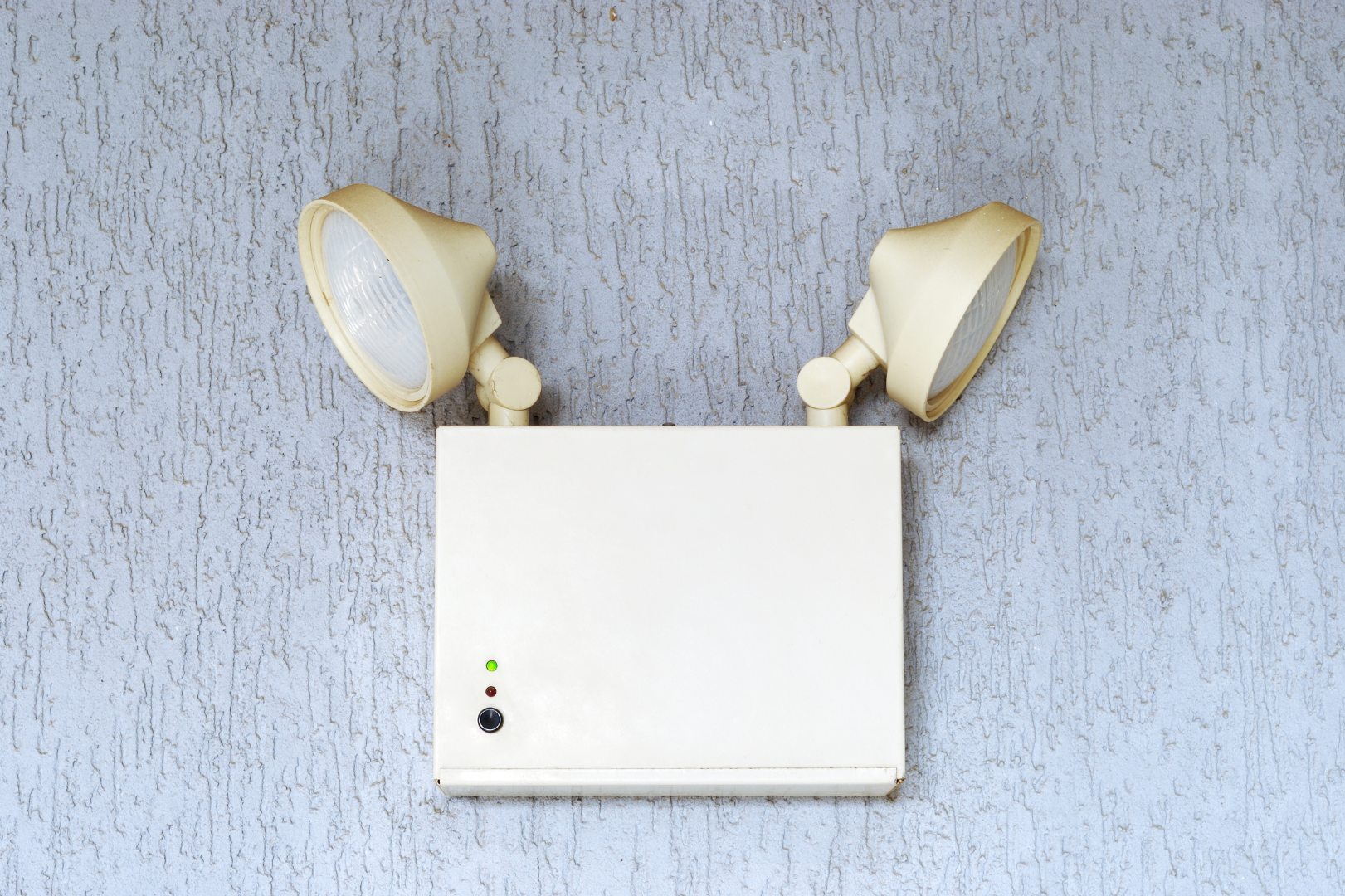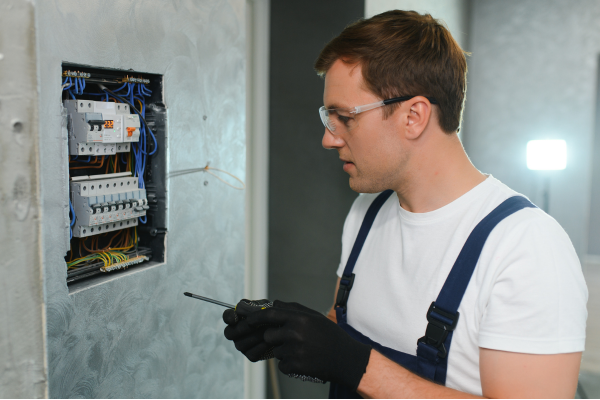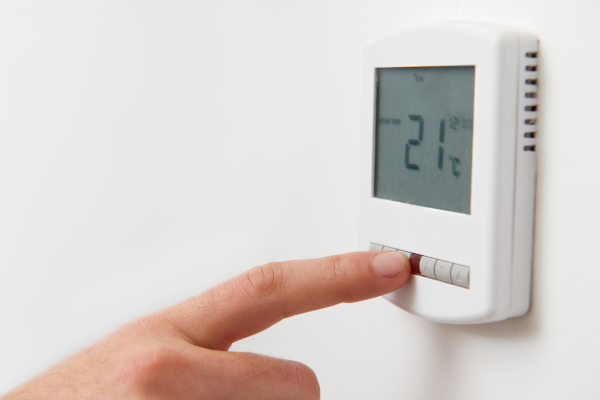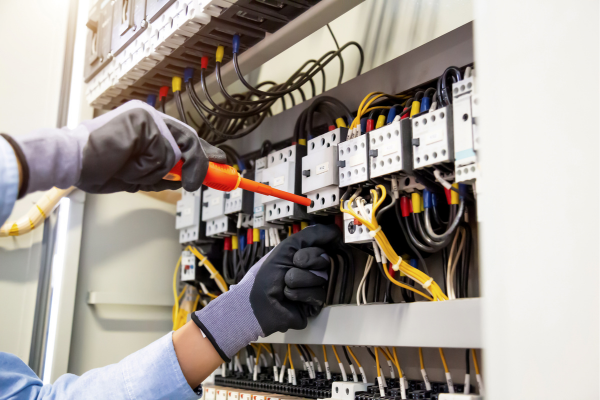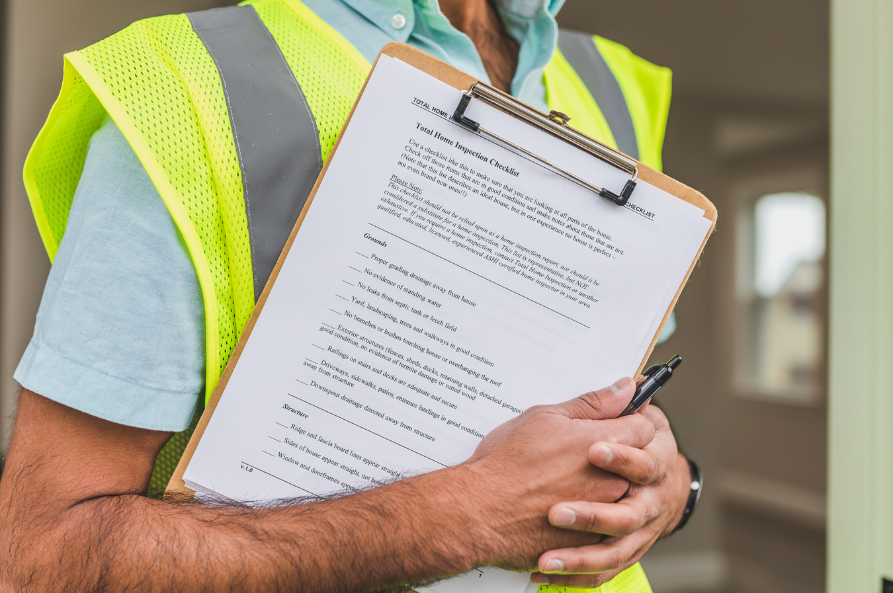What is The Legal Requirement For PAT Testing UK
Introduction
Portable Appliance Testing (PAT) ensures electrical safety in various environments, particularly workplaces. In the UK, understanding the legal requirements for PAT testing is essential for compliance and preventing electrical accidents. This article delves into the intricacies of PAT testing, its legal obligations, and the importance of maintaining safe electrical equipment.
What is PAT Testing?
PAT Testing, short for Portable Appliance Testing West London, involves examining electrical appliances and equipment to ensure safety. This process includes both a visual inspection and testing with specialised equipment. The primary purpose of PAT testing is to identify potential hazards, such as electrical shocks or fire risks, and ensure the safety of users.
Legal Requirements for PAT Testing in the UK
In the UK, PAT testing is not explicitly mandated by law; however, several regulations require the maintenance of safe electrical equipment. Key legislation includes:
- The Health and Safety at Work Act 1974 - Requires employers to ensure the safety of employees and the public.
- The Electricity at Work Regulations 1989 - Mandates that an electrical system must be maintained to prevent danger.
- The Provision and Use of Work Equipment Regulations 1998 (PUWER) - Requires equipment provided for use at work to be safe and maintained.
The Electricity at Work Regulations 1989
These regulations are pivotal in the context of PAT testing. They emphasise the need for all electrical equipment to be maintained in a condition that prevents danger. While the regulations do not specify PAT testing, they imply that regular inspection and testing are necessary to comply with safety standards.
Health and Safety Executive (HSE) Guidelines
The HSE guides maintain electrical safety in the workplace. Depending on the type of equipment and the environment in which it is used, they recommend a combination of visual inspections and testing. Visual inspections can often identify visible signs of damage. While you conduct PAT testing, detect issues not apparent to the naked eye.
Types of Portable Appliances and Equipment
Portable electrical appliances include equipment that can be easily moved and connected to an electrical supply, such as kettles, computers, and power tools. These are typically classified based on their construction and insulation, such as Class I (earthed) and Class II (double insulated) appliances.
Frequency of PAT Testing
PAT testing frequency varies depending on several factors, including the type of equipment, its usage, and the environment. For example, equipment used in high-risk environments, like construction sites, may require more frequent testing than equipment in an office setting. As a general guideline, the HSE suggests that equipment should be tested at intervals ranging from every few months to several years.
The PAT Testing Process
The PAT testing process involves several key steps:
- Visual Inspection - Checking the appliance for visible damage or defects, such as frayed cables or broken plugs.
- Functional Testing - Using a PAT tester to assess the appliance's safety, including checks for earth continuity, insulation resistance, and leakage current.
Competent Person for PAT Testing
PAT testing should be conducted by a "competent person"—someone with the necessary knowledge and experience. While there is no legal requirement for specific qualifications, it is advisable for individuals conducting PAT testing to undergo training to ensure they understand the equipment and procedures involved.
PAT Testing Equipment
Essential tools for PAT testing include a PAT tester, which performs various electrical tests, and accessories like test leads and adaptors. Modern PAT testers often feature user-friendly interfaces and automated testing sequences, making them suitable for beginners and experienced testers.
Common Issues Detected During PAT Testing
PAT testing can reveal a range of electrical safety defects, including:
- Damaged insulation
- Exposed live wires
- Poorly connected earths
Identifying and addressing these issues is crucial for preventing electrical shocks, fires, and other hazards.
Cost of PAT Testing
The cost of PAT testing can vary depending on factors such as the number of appliances, the complexity of the testing required, and the location. Businesses should budget for regular PAT testing as part of their overall health and safety expenses.
Benefits of PAT Testing
The primary benefit of PAT testing is ensuring the safety of electrical appliances, thereby protecting users from potential hazards. Additionally, regular testing helps businesses comply with legal and safety standards, potentially reducing liability in the event of an accident.
PAT Testing in Different Environments
Different environments pose different levels of risk. For instance, high-risk environments like construction sites or workshops may require more stringent testing regimes than low-risk settings like offices. Tailoring PAT testing frequency and methods to the specific climate helps ensure comprehensive safety coverage.
Conclusion
In conclusion, while PAT testing is not a strict legal requirement in the UK, it is strongly recommended as part of a comprehensive electrical safety strategy. Employers and equipment owners are responsible for maintaining safe electrical systems, and PAT testing is a proven method for identifying and mitigating potential hazards. By understanding and implementing PAT testing, businesses can ensure compliance with relevant regulations, safeguard their employees, and prevent costly accidents.
FAQs
What is the legal requirement for PAT testing in the UK?
While there is no specific legal requirement for PAT testing, regulations mandate the maintenance of safe portable electrical equipment, making PAT testing a recommended practice.
How often should PAT testing be carried out?
The frequency depends on factors such as the type of equipment, its use, and the environment. Generally, intervals range from every few months to several years.
Can anyone perform PAT testing?
PAT testing should be conducted by a "competent person" with the necessary knowledge and experience. Training is recommended to ensure proper procedures are followed.
What happens if an appliance fails a PAT test?
If an appliance fails a PAT test, it should be removed from use immediately and either repaired or replaced to prevent any risk to users.
Is PAT testing mandatory for all businesses?
While not mandatory, PAT testing is a best practice for maintaining electrical safety in the workplace. It helps businesses comply with safety PAT Testing regulations and avoid potential hazards.
What happens if an appliance fails a PAT test?
If an appliance fails a PAT test, it should be removed from use immediately and either repaired or replaced to prevent any risk to users.
Is PAT testing mandatory for all businesses?
While not mandatory, PAT testing is a best practice for maintaining electrical safety in the workplace. It helps businesses comply with safety PAT Testing regulations and avoid potential hazards.
Is PAT testing mandatory for all businesses?
While not mandatory, PAT testing is a best practice for maintaining electrical safety in the workplace. It helps businesses comply with safety PAT Testing regulations and avoid potential hazards.


